Feb. 18 to Feb. 24
Until 1985, Taiwan’s amateur (ham) radio scene consisted of one person: Tim Chen (陳實忻), who held the country’s only license due to Martial Law era restrictions. According to a Liberty Times (the sister newspaper of the Taipei Times) report, this resulted in the unusual situation where Taiwan Garrison Command had to establish a set of amateur radio regulations just for him.
Since there was nobody else in Taiwan to talk to, Chen connected with people around the world, using Morse code at first via his station BV2A, and gaining voice communication capabilities in 1974 through BV2B. Chen was strictly forbidden to speak with anyone in China or the Soviet Union, but he enjoyed much popularity as the world’s only BV (Taiwan’s country code) station operator — so much so that US senator and fellow ham enthusiast Barry Goldwater specifically requested to tour Chen’s two stations when he visited Taiwan in 1986.
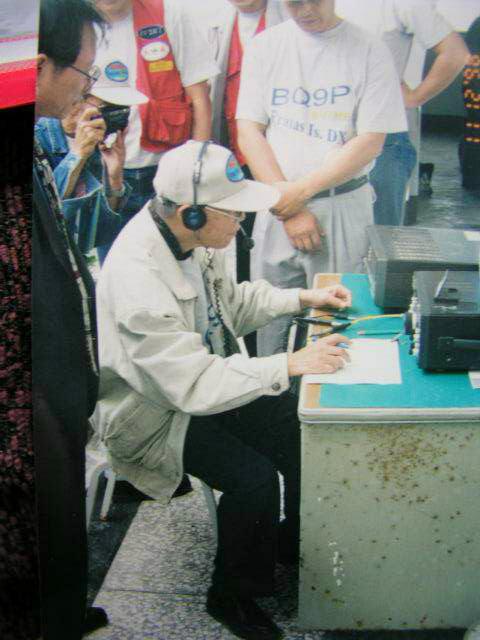
Photo: Wang Jui-te, Taipei Times
When Chen died on Feb. 22, 2006, an American Radio Relay League (ARRL) obituary noted that Chen was “more famous than he knew.” Indeed, Chen told Commonwealth Magazine in 1984 that his favorite part of amateur radio was the people he could connect to.
“Think about it, now there’s at least 70,000 or 80,000 people in the world who know me,” Chen said. “Where else would you have the chance to make so many friends?”
FROM The NORTH POLE TO ANTARCTICA
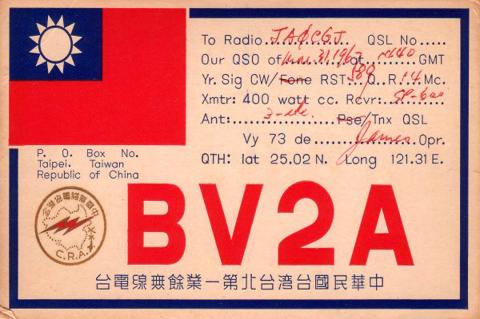
Photo courtesy of Wikimedia Commons
Chen got his start in amateur radio when he was a 19 year old in China. He stopped for several years after retreating to Taiwan with the Chinese Nationalist Party (KMT) in 1949, but in 1955 he rekindled his passion by forming the Chinese Radio Association (中國無線電協進會) with a few friends. He managed to obtain a operating license through the association before the government decided that it was too risky to issue any more.
Chen established BV2A in 1960, drawing quite a stir around the ham world. He tells Commonwealth Magazine that since enthusiasts are drawn to remote and obscure locations, they jumped at the chance to speak to the first and only operator in Taiwan.
By the time Commonwealth Magazine visited Chen’s 5-ping (16.5m2) space, he had connected with people on every continent — including Antarctica and the North Pole. Chen told the magazine that he dutily performed his part in “citizen diplomacy” by explaining to his contacts where Taiwan was located and the difference between the Republic of China (ROC) and the People’s Republic of China.
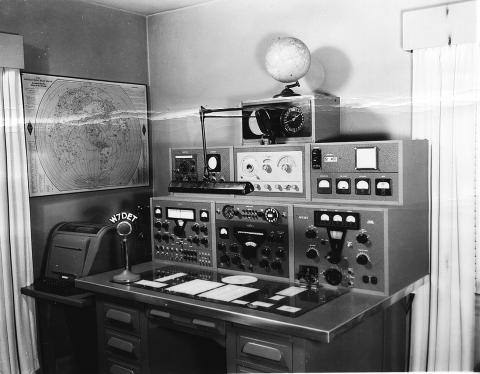
Photo courtesy of Seattle Municipal Archives
Chen was always excited to send out a signal because he never knew where it would go or who he would get on the other end. After exchanging names and addresses, enthusiasts would mail “QSL cards” to each other. The size of a postcard, this card provides the user’s frequency, address, times for communication and other vital information.
Instead of a personal emblem, Chen station’s QSL identification card, which he had mailed to more than 200,000 users around the world by 1983, displayed an ROC flag. The walls of his cramped space were plastered with QSL cards he had received. A favorite story he liked to tell was when he picked up signals from a station belonging to Palden Thondup Namgyal, the last ruler of the Kingdom of Sikkim in today’s India. Unfortunately, the king did not reciprocate, leading to a missed connection.
His contacts came in handy when he and his wife traveled abroad, as people whom he never met would show up to give them a tour of each city. When they were denied entry into the UK, two British radio enthusiasts showed up to serve as guarantors.
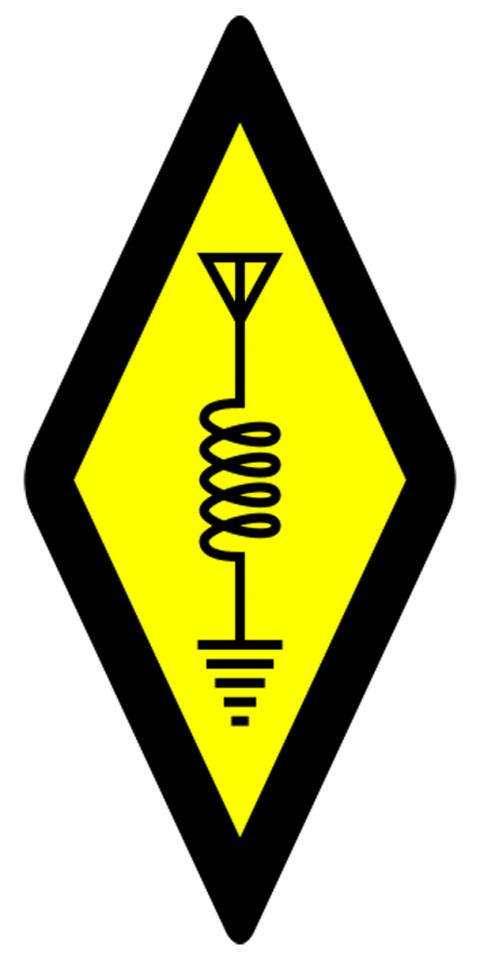
Photo courtesy of Wikimedia Commons
And people visited Taiwan because of him as well. He told Commonwealth Magazine that he would often receive 50 to 60 foreign visitors per year.
ADVENTURES ON AIR
Chen also took part in international amateur radio competitions. A Taiwan Review article from 1983 sums up his third straight championship in the continuous wave (CW) category. More than 300 amateurs from 100 countries took part, where they sent continuous signals for up to 24 hours in a bid to reach as many stations as they could. Contestants were awarded one point for making a connection in their region, three for an intercontinental connection and five for reaching a station in Brazil, which was that year’s host country.
Chen could only spare eight hours due to his health and job constraints, but he managed to connect with 274 stations in more than 30 countries en route to the trophy.
The government’s decision to start issuing ham licenses again in 1984 was big news to the amateur radio community. A bulletin by the Texas DX Society announced the news with the entry, “BV-Taiwan … not so rare?” where it called Taiwan a “small but very important island” and noted that “in the not so distant future, BV will surely be a regular for all contests.”
Now no longer alone, Chen continued his ham adventures as his association grew and undertook more ambitious endeavors. In 1998, an 84-year-old Chen became the oldest person to set foot on the Pratas Island (Dongsha Island, 東沙島) in the South China Sea, connecting with tens of thousands of enthusiasts using portable equipment.
In 2005, the government recognized Chen as the “Father of Amateur Radio in Taiwan” and presented him with a lifetime achievement award. When he died, fellow enthusiasts posted memorials about him under his ARRL obituary, with a user writing, “It seems as if all the great ones have passed.”
Taiwan in Time, a column about Taiwan’s history that is published every Sunday, spotlights important or interesting events around the nation that have anniversaries this week.

This month the government ordered a one-year block of Xiaohongshu (小紅書) or Rednote, a Chinese social media platform with more than 3 million users in Taiwan. The government pointed to widespread fraud activity on the platform, along with cybersecurity failures. Officials said that they had reached out to the company and asked it to change. However, they received no response. The pro-China parties, the Chinese Nationalist Party (KMT) and Taiwan People’s Party (TPP), immediately swung into action, denouncing the ban as an attack on free speech. This “free speech” claim was then echoed by the People’s Republic of China (PRC),

Most heroes are remembered for the battles they fought. Taiwan’s Black Bat Squadron is remembered for flying into Chinese airspace 838 times between 1953 and 1967, and for the 148 men whose sacrifice bought the intelligence that kept Taiwan secure. Two-thirds of the squadron died carrying out missions most people wouldn’t learn about for another 40 years. The squadron lost 15 aircraft and 148 crew members over those 14 years, making it the deadliest unit in Taiwan’s military history by casualty rate. They flew at night, often at low altitudes, straight into some of the most heavily defended airspace in Asia.

Many people in Taiwan first learned about universal basic income (UBI) — the idea that the government should provide regular, no-strings-attached payments to each citizen — in 2019. While seeking the Democratic nomination for the 2020 US presidential election, Andrew Yang, a politician of Taiwanese descent, said that, if elected, he’d institute a UBI of US$1,000 per month to “get the economic boot off of people’s throats, allowing them to lift their heads up, breathe, and get excited for the future.” His campaign petered out, but the concept of UBI hasn’t gone away. Throughout the industrialized world, there are fears that
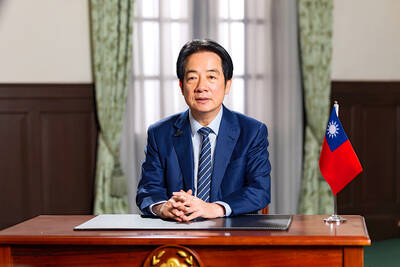
The Democratic Progressive Party (DPP) controlled Executive Yuan (often called the Cabinet) finally fired back at the opposition-controlled Legislative Yuan in their ongoing struggle for control. The opposition Chinese Nationalist Party (KMT) and Taiwan People’s Party (TPP) acted surprised and outraged, but they should have seen it coming. Taiwan is now in a full-blown constitutional crisis. There are still peaceful ways out of this conflict, but with the KMT and TPP leadership in the hands of hardliners and the DPP having lost all patience, there is an alarming chance things could spiral out of control, threatening Taiwan’s democracy. This is no